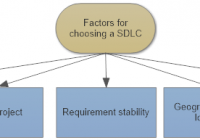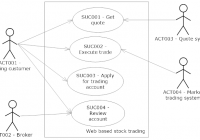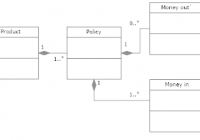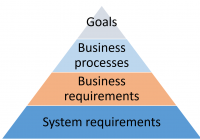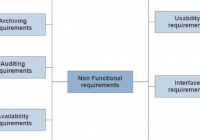How to identify the most appropriate methodology for a project
Introduction There are 2 main types of software development life cycles (SDLC) that can be followed. The methodologies that follow these are commonly used in IT projects because they manage the 3 constraints of time, cost and scope. The 2 main types are: Sequential Agile Sequential Examples of sequential are the waterfall methodology and the v-model. This is… Read More »

